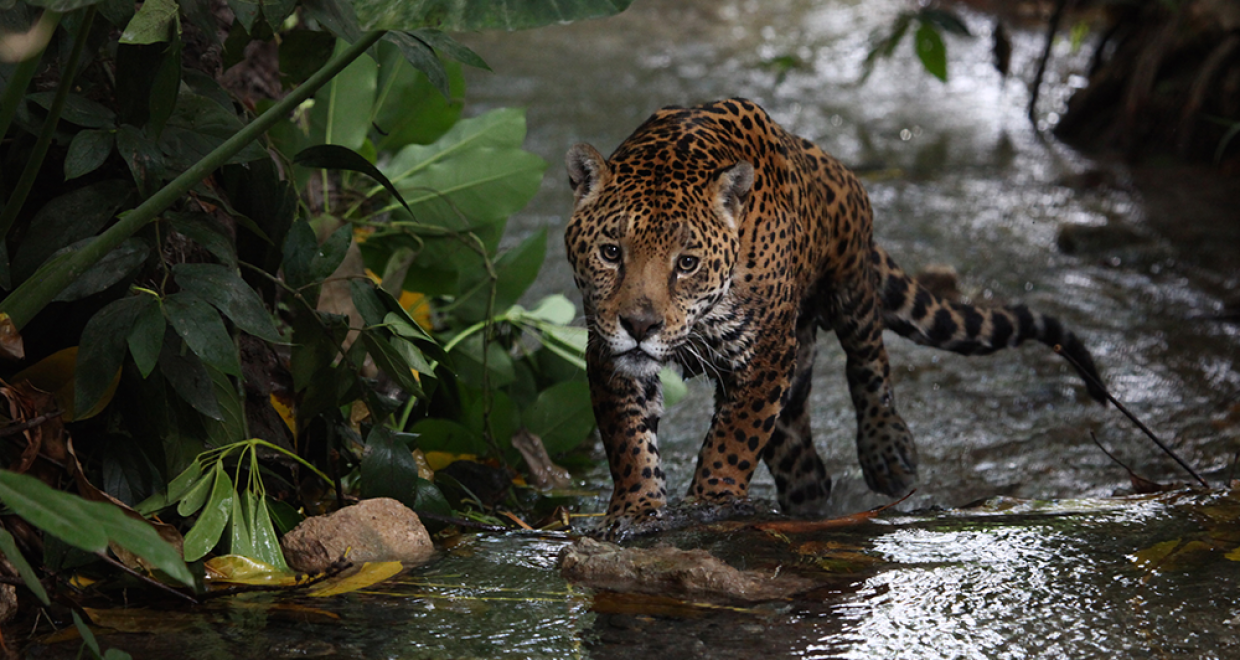Study shows that the jaguar is in much greater danger of extinction than previously thought
• Scientists from Instituto de Ecología, National Autonomous University of Mexico (UNAM) demonstrated that almost all jaguar subpopulations are Critically Endangered.
• Only 10% of the estimated 64,000 jaguars survive outside of the Amazon Basin, between México and Argentina.
• Only one of the 34 sub-populations, that of the Amazon, is not Endangered
• The researchers propose a new method to prioritize populations for conservation based on their vulnerability
The Red List of the International Union for Conservation of Nature (IUCN) is used around the world to guide conservation policy ad practice. This list determines the global conservation status of species, not considering the risk of extinction of each of its sub-populations. With the objective to improve the resolution of the IUCN method, and using the iconic jaguar (Panthera onca) as a model, researchers from the Instituto de Ecología, analyzed the extinction risk criteria of the World Conservation Union.
The jaguar is one of the four large cats of the world and is considered Near Threatened by the IUCN, but up to now there was no estimate of how many jaguars are left in the world. The study, conducted by the teams of Drs. Rodrigo Medellín and Gerardo Ceballos, published in the most recent issue of the journal Oryx, identified the most threatened jaguar sub-populations (groups isolated by human influence), the area they occupy, the size of the sub-population, and the degree of threat faced by each. Of an estimated 64,000 jaguars in the entire continent, 57,000 (90%) live in a single sub-population, that of the Amazon, while the remaining 33 sub-populations only contain 7,000 jaguars (10%). According to this study, México would have fewer than 4,000 jaguars.
The researchers conclude that the only sub-population large enough to not be considered Endangered is in the Amazon. All the other sub-populations are either Endangered or Critically Endangered, the two highest extinction risk categories, given their small numbers, or because they are isolated, or because their level of protection is poor, and/or because the human population density is too high. With this analysis the researchers set the bases to determine the conservation priorities for geographically isolated populations on the basis of the vulnerability of each population.
The full article ‘The jaguar’s spots are darker than they appear: assessing the global conservation status of the jaguar Panthera onca’ J. Antonio de la Torre, José F. González-Maya, Heliot Zarza, Gerardo Ceballos and Rodrigo A. Medellín is available to download for free until Friday 24th February.
Photo credit: Gerardo Ceballas





